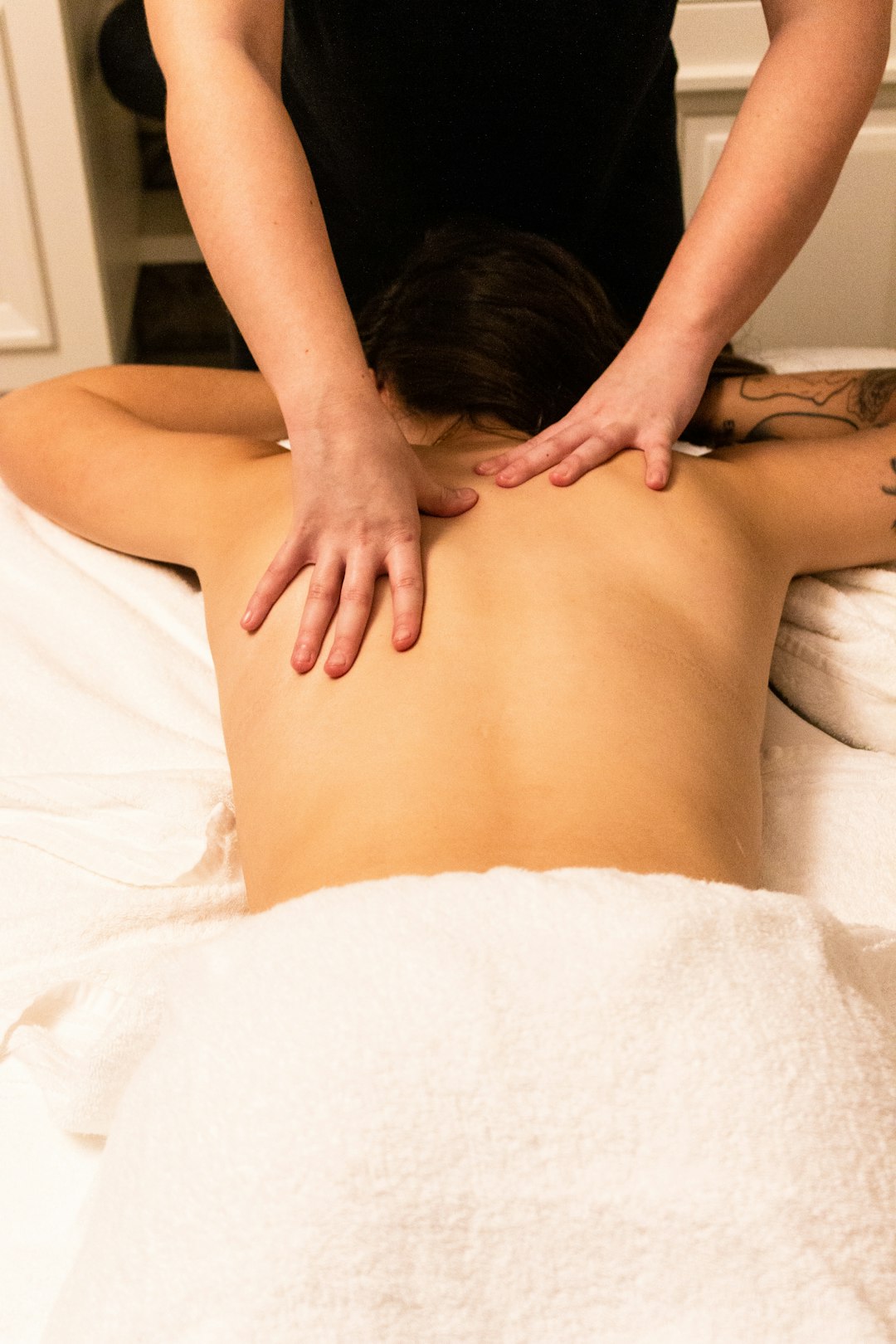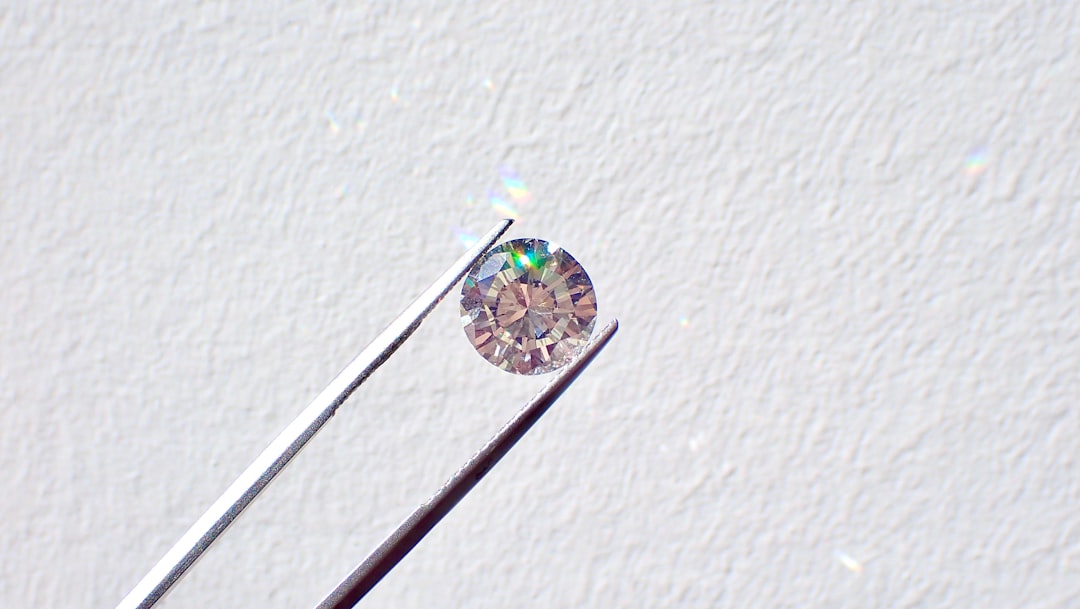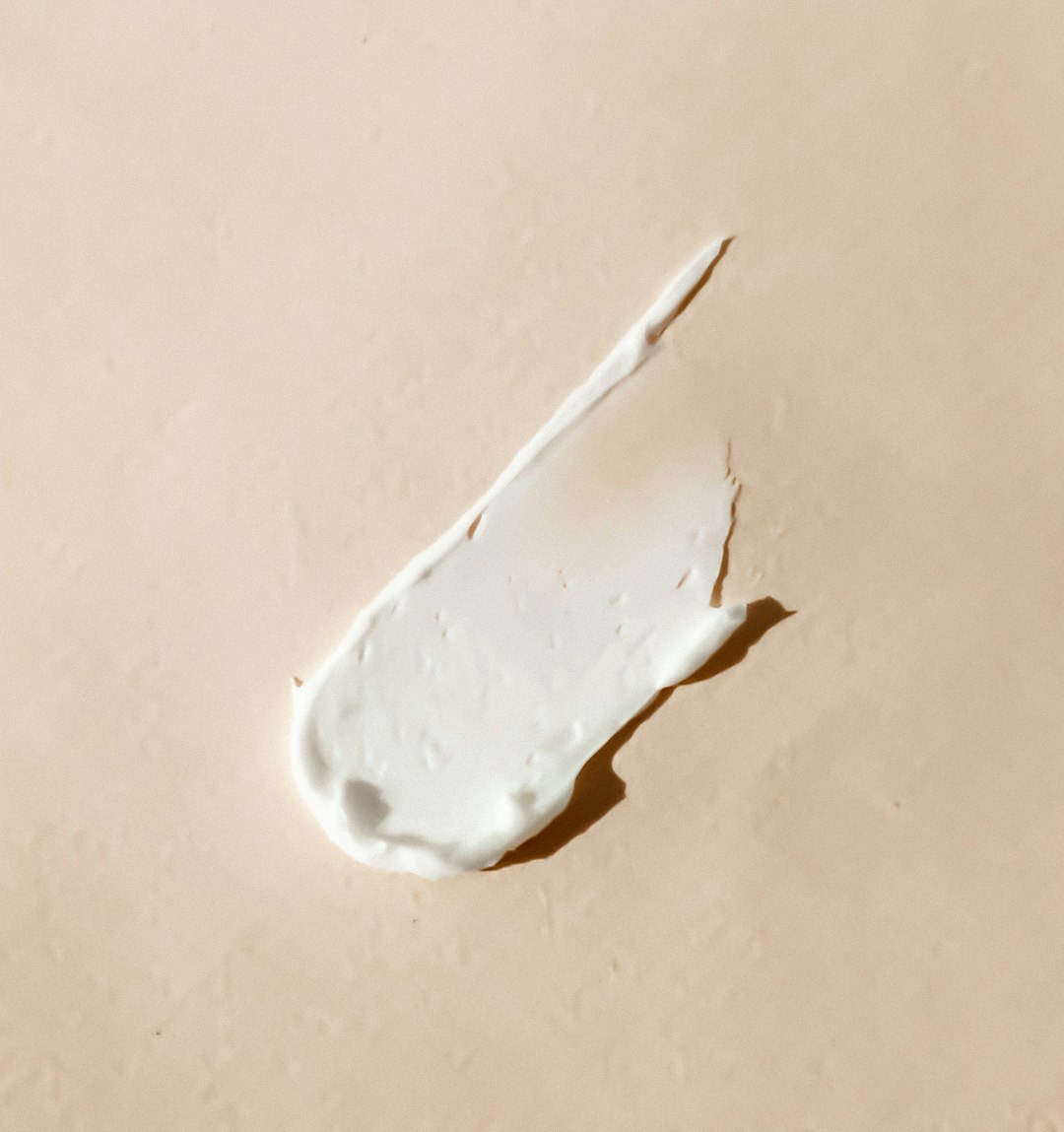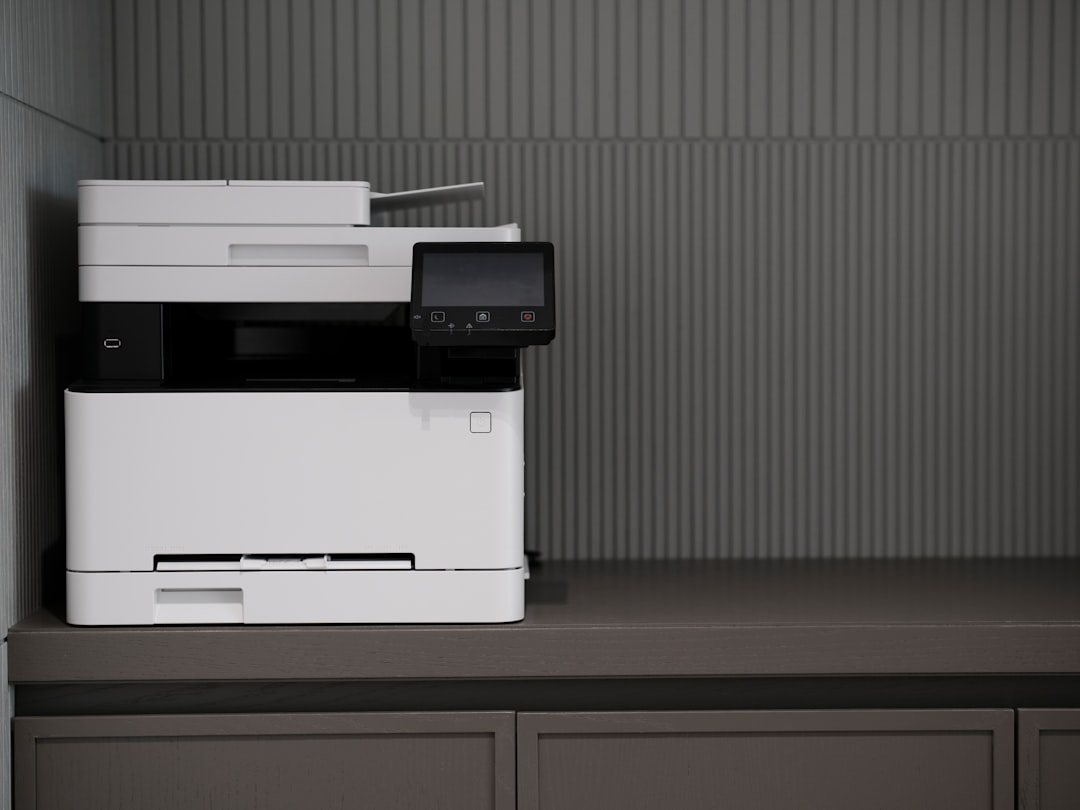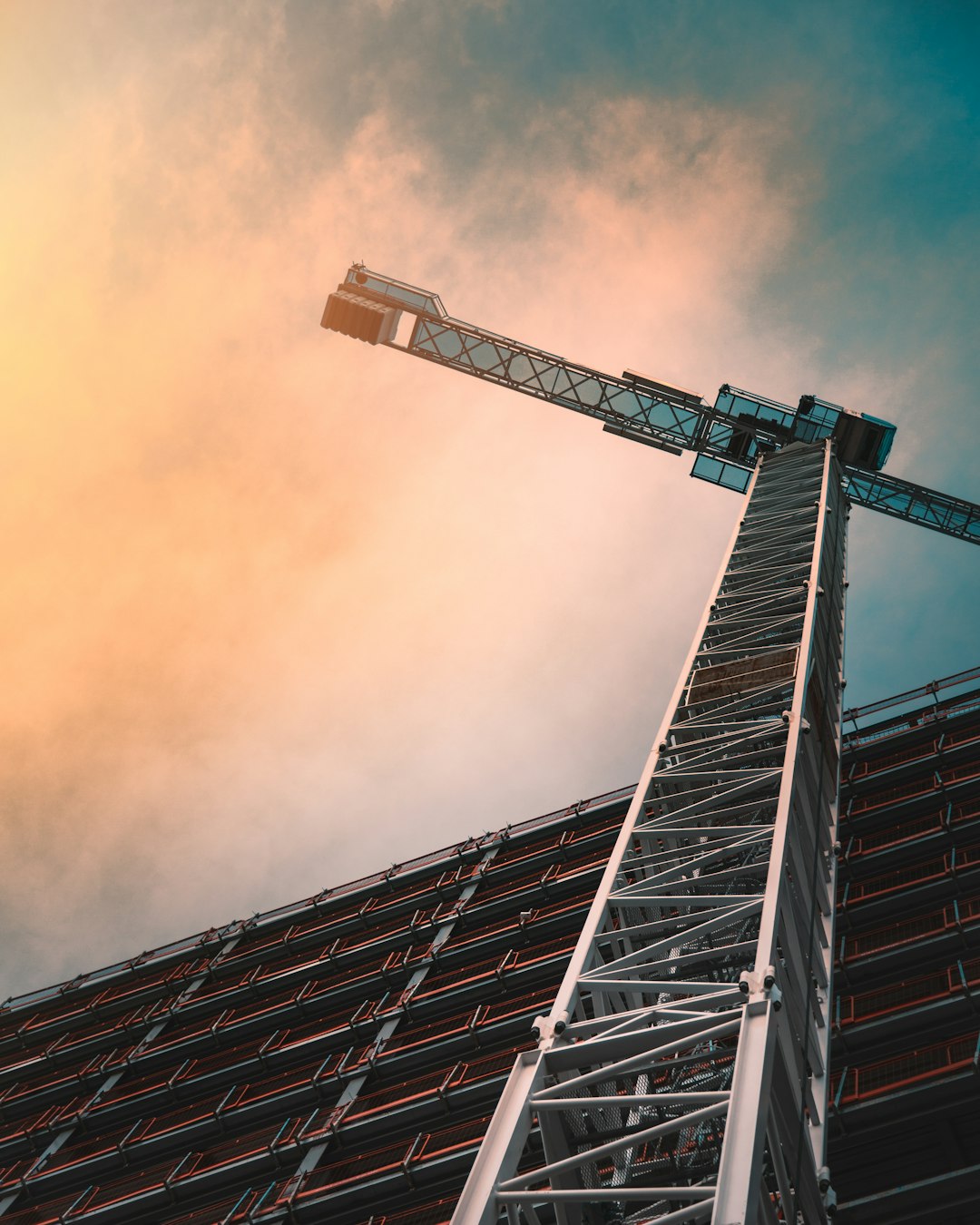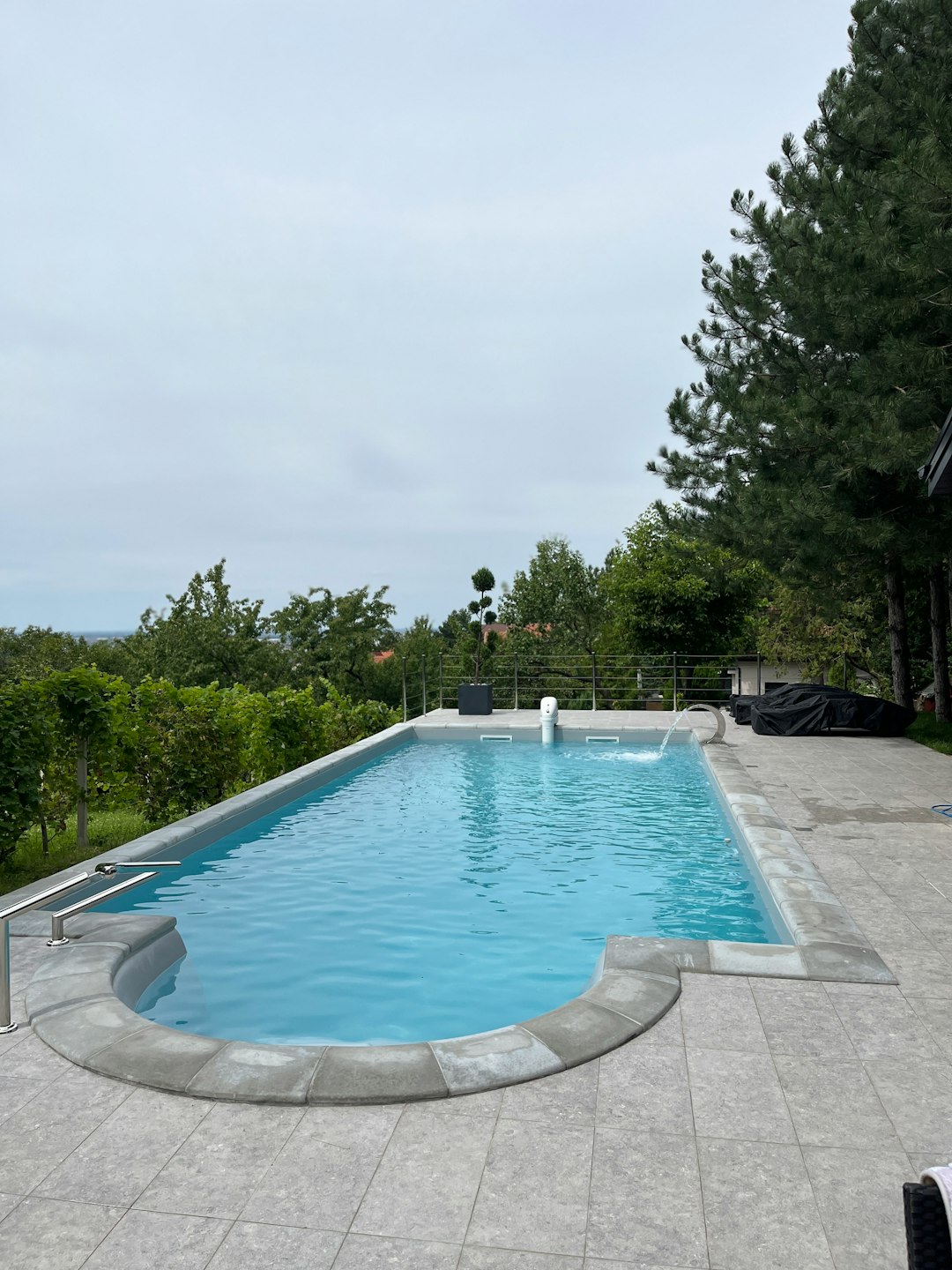
Water infiltration is one of the most common causes of foundation damage. Over time, moisture can seep into walls and floors, leading to mold growth, structural weakening, and costly repairs. Exterior waterproofing membranes are designed to combat this problem by creating a continuous seal that blocks water before it enters the building. These systems are particularly effective in areas with high groundwater levels or heavy rainfall, where interior waterproofing solutions alone may not suffice.
There are several types of exterior waterproofing membranes, including sheet membranes, liquid-applied membranes, and spray-on coatings. Each type offers distinct advantages depending on the building’s design, climate, and soil conditions. For example, liquid-applied membranes are ideal for covering irregular surfaces, while sheet membranes offer durability and uniform thickness. The choice of membrane often depends on the specific requirements of the project and the expertise of the installation team.
Proper installation is crucial for ensuring the effectiveness of an exterior waterproofing membrane. Before application, the surface must be thoroughly cleaned and prepared to ensure adhesion. In many cases, a drainage system is also installed alongside the membrane to direct water away from the foundation. This combination of moisture barrier and water management system provides a comprehensive defense against water damage. For a deeper understanding of how exterior waterproofing solutions work, it’s essential to consider the materials and methods used during installation.
In addition to protecting the structure, exterior waterproofing membranes contribute to a healthier indoor environment. By keeping moisture out, they help reduce the risk of mold and mildew, which can negatively impact air quality and occupant health. This makes them a wise investment not only for the longevity of the building but also for the well-being of those who live or work inside.
Many homeowners and builders are turning to sustainable and low-impact waterproofing options. Modern membrane materials are increasingly designed with environmental considerations in mind, offering solutions that are both effective and eco-friendly. When selecting a membrane, it’s helpful to research product performance and environmental impact, along with installation requirements.
For more technical details on choosing the right system, this guide to waterproofing basement foundations offers valuable insights into available options and best practices.
In conclusion, investing in an exterior waterproofing membrane is a proactive step in safeguarding any building from the long-term effects of water damage. By addressing potential moisture issues from the outside, property owners can avoid expensive repairs, maintain indoor comfort, and preserve structural integrity for years to come.


